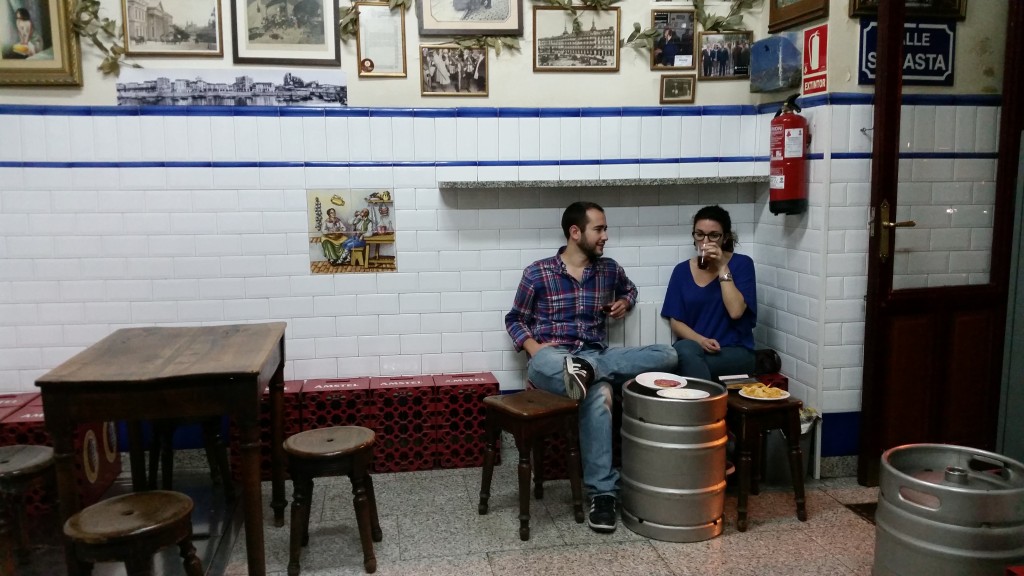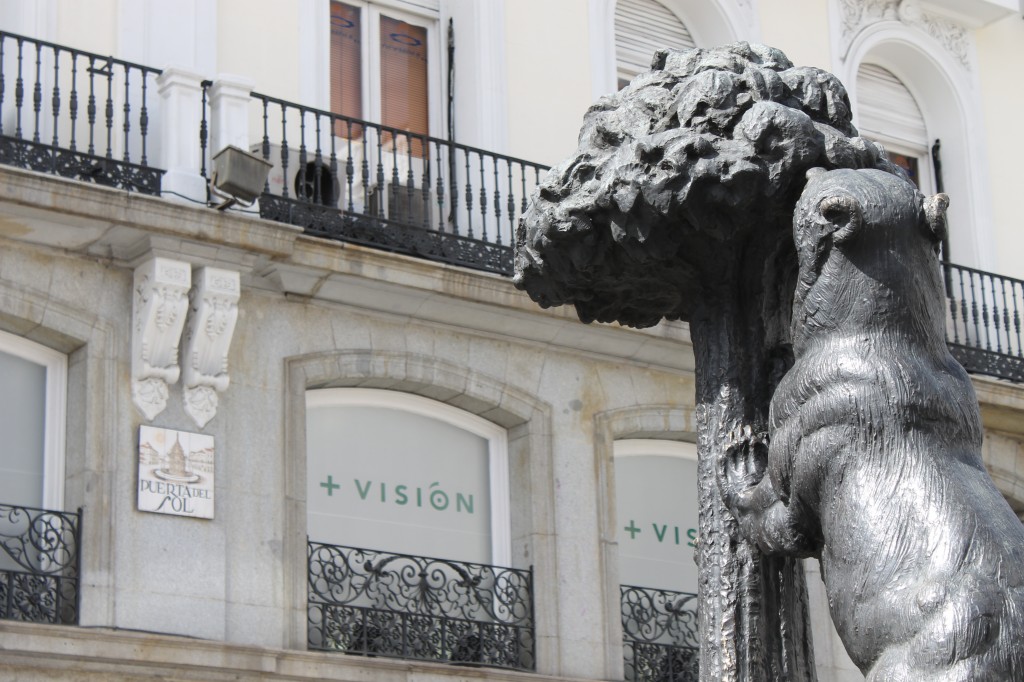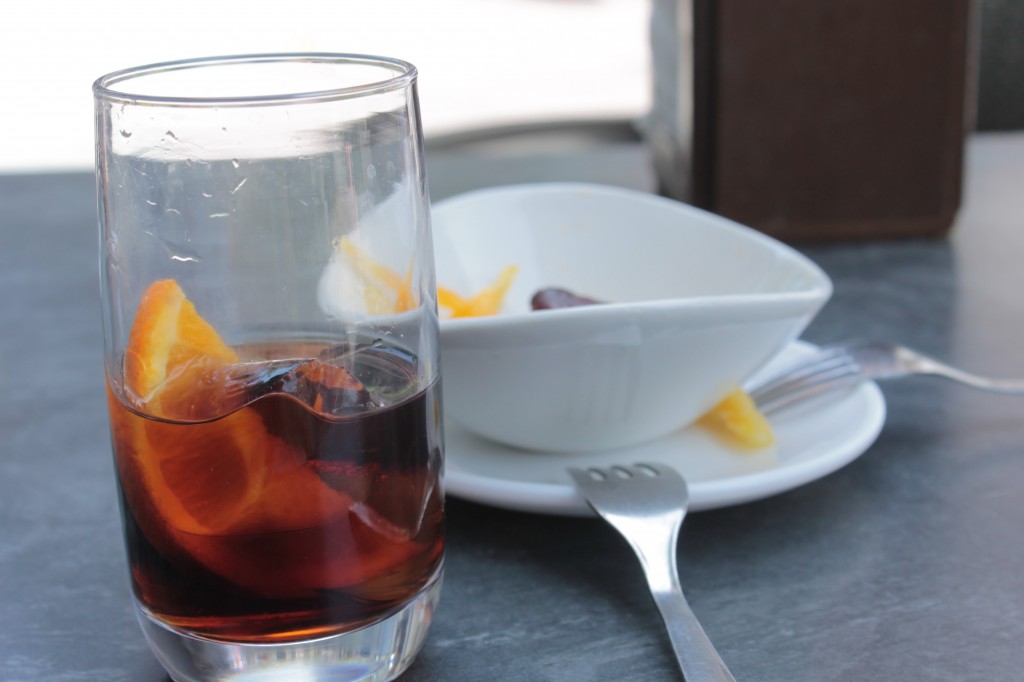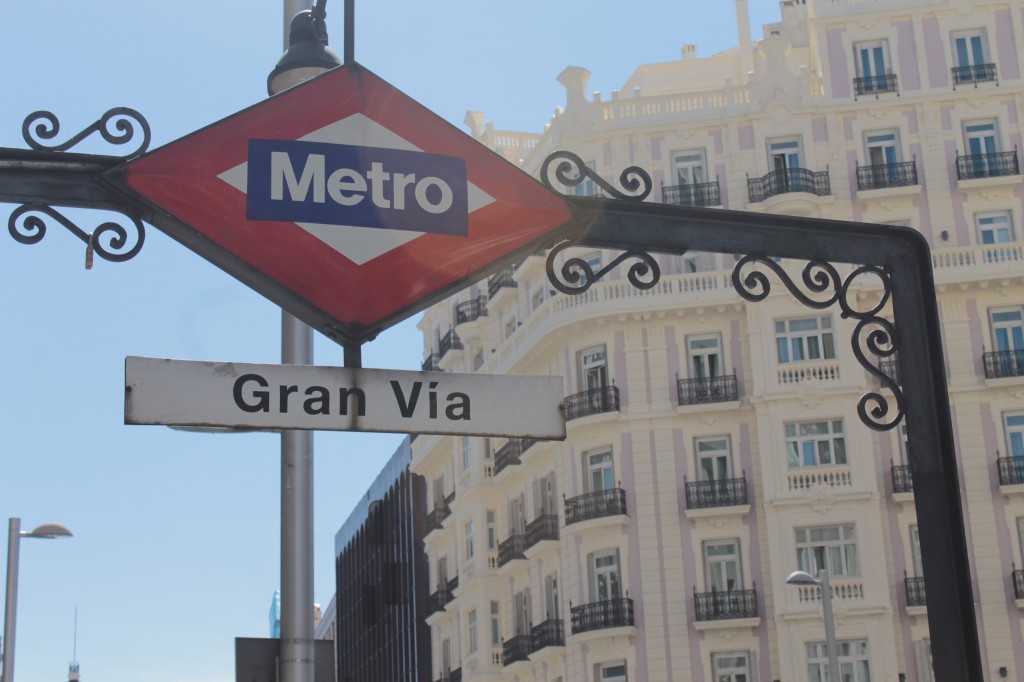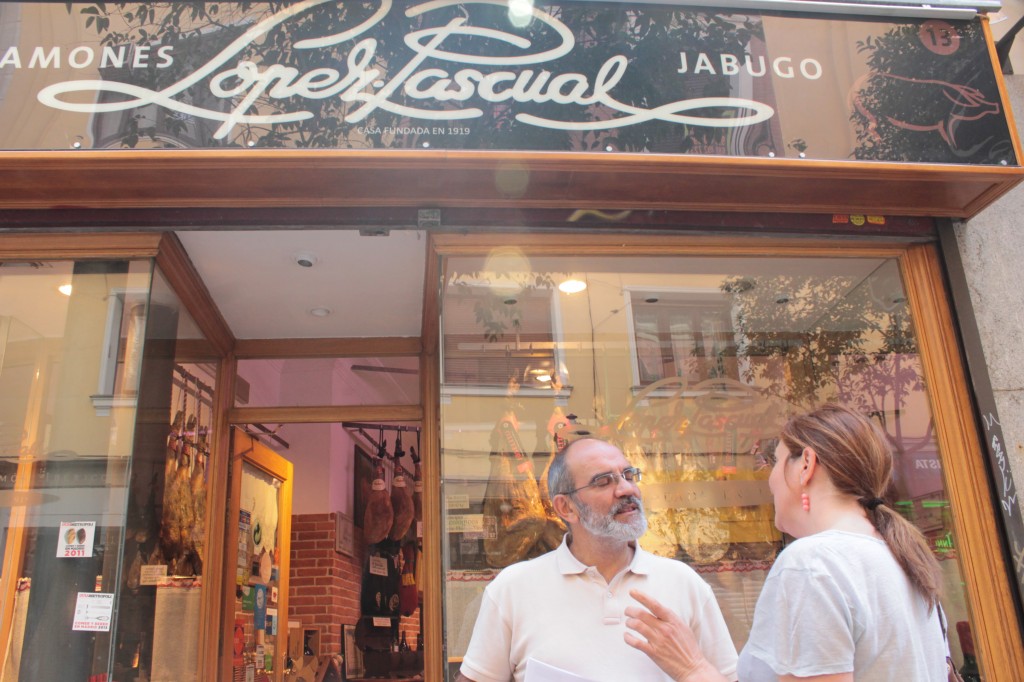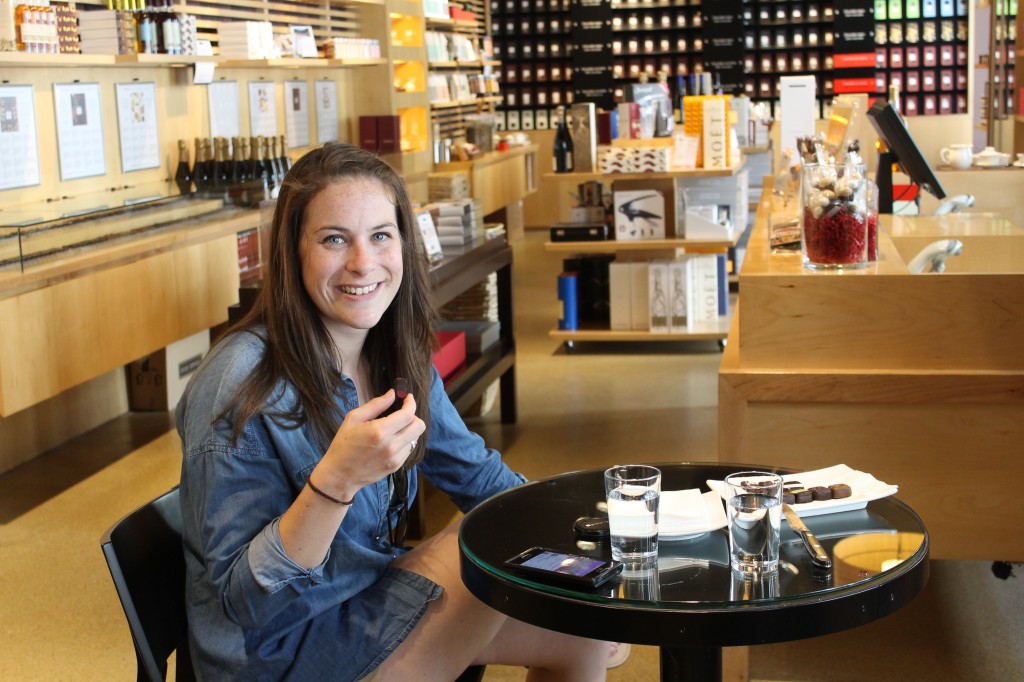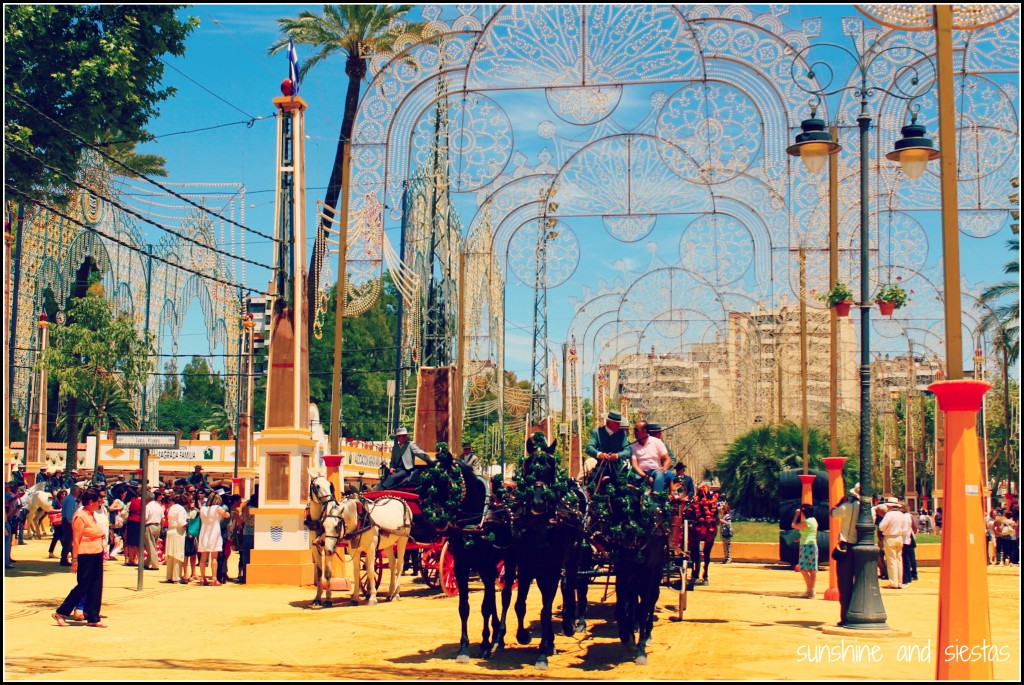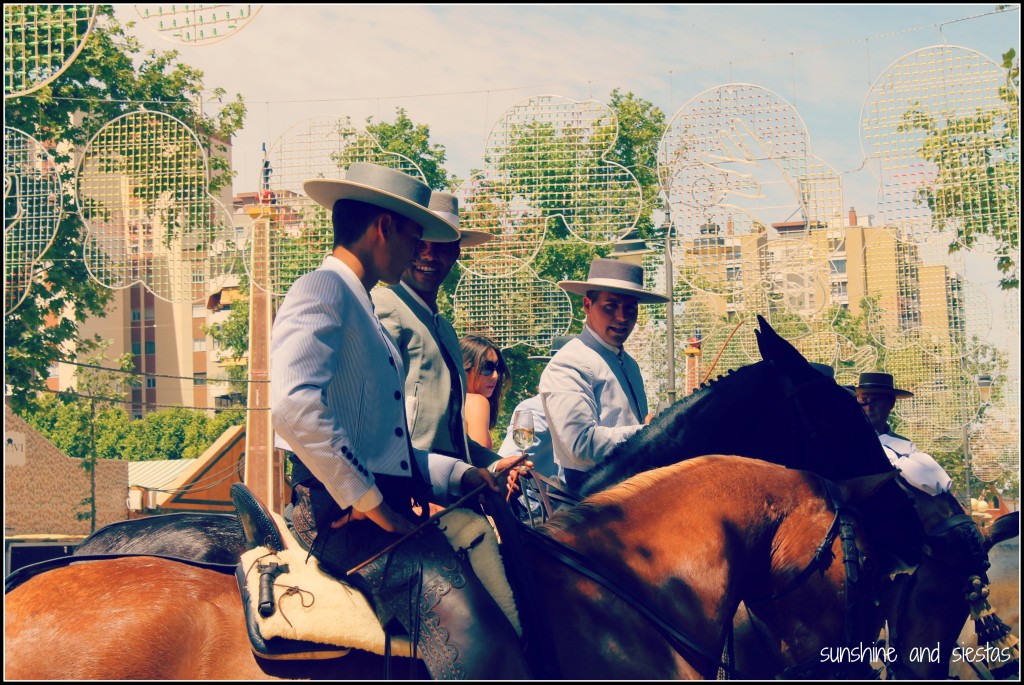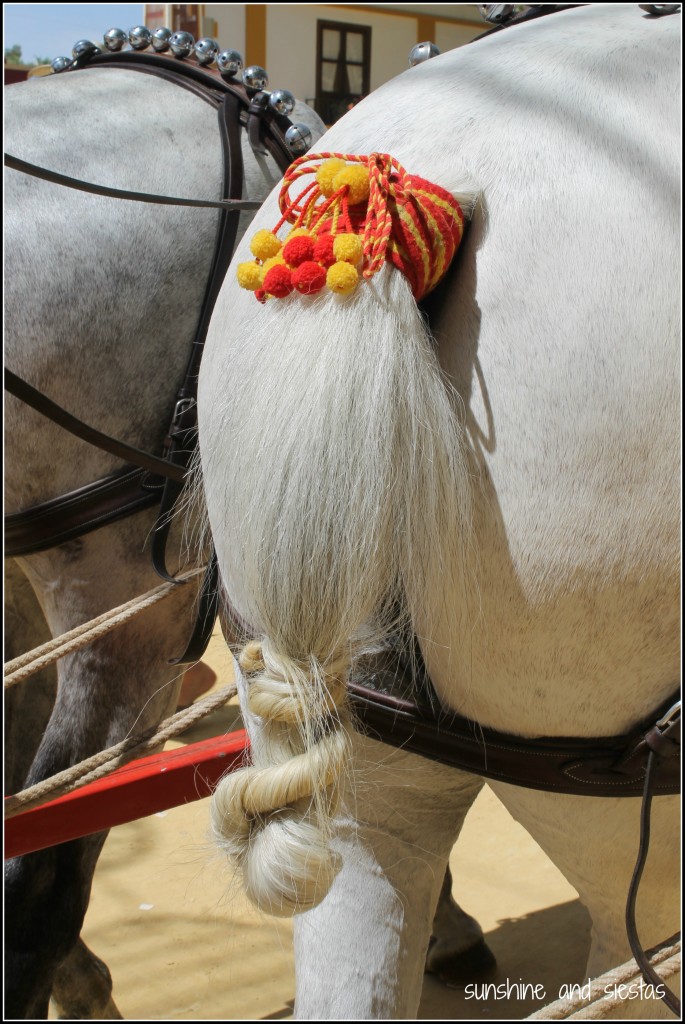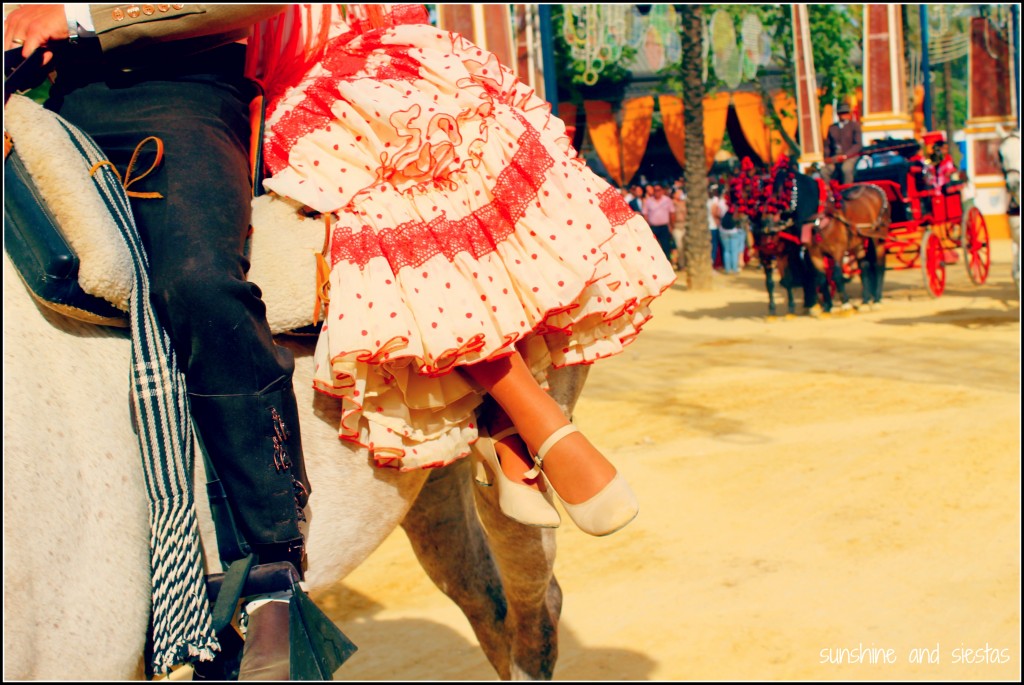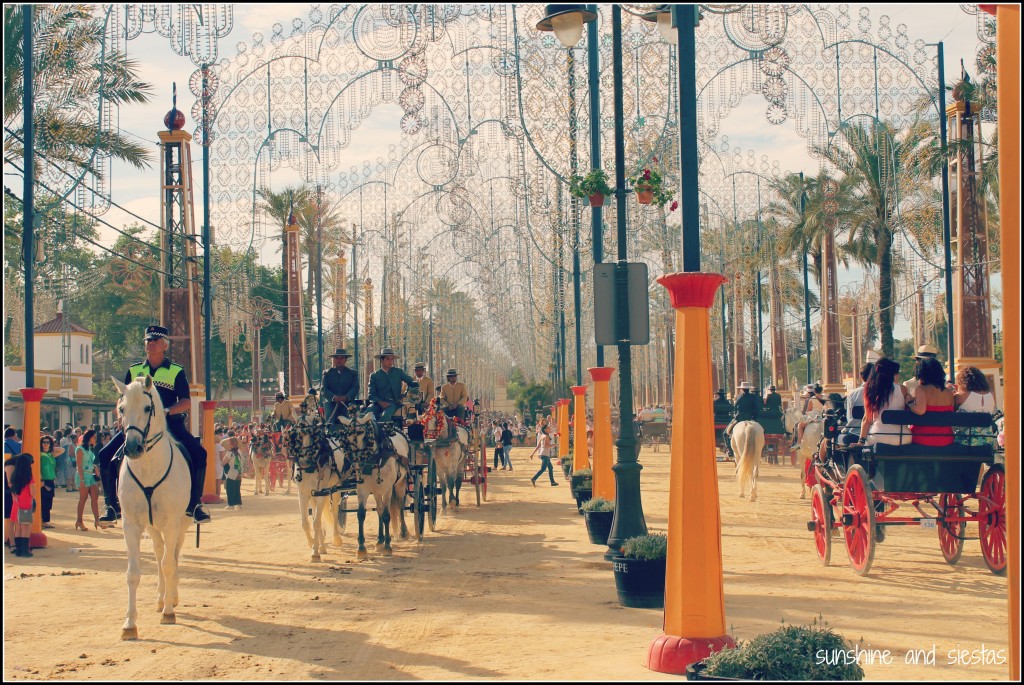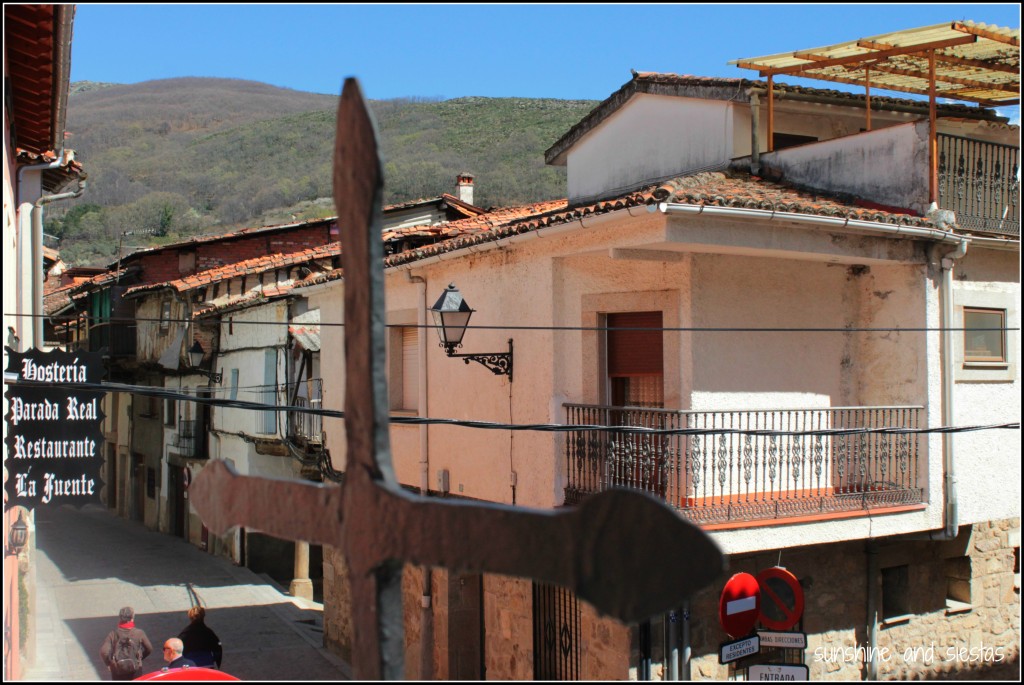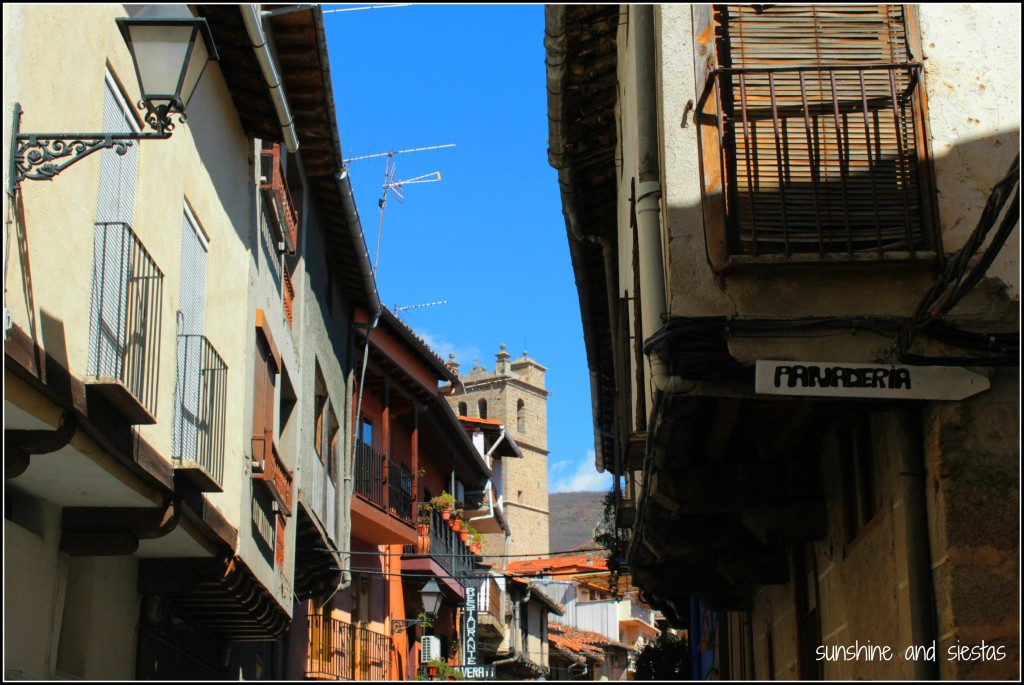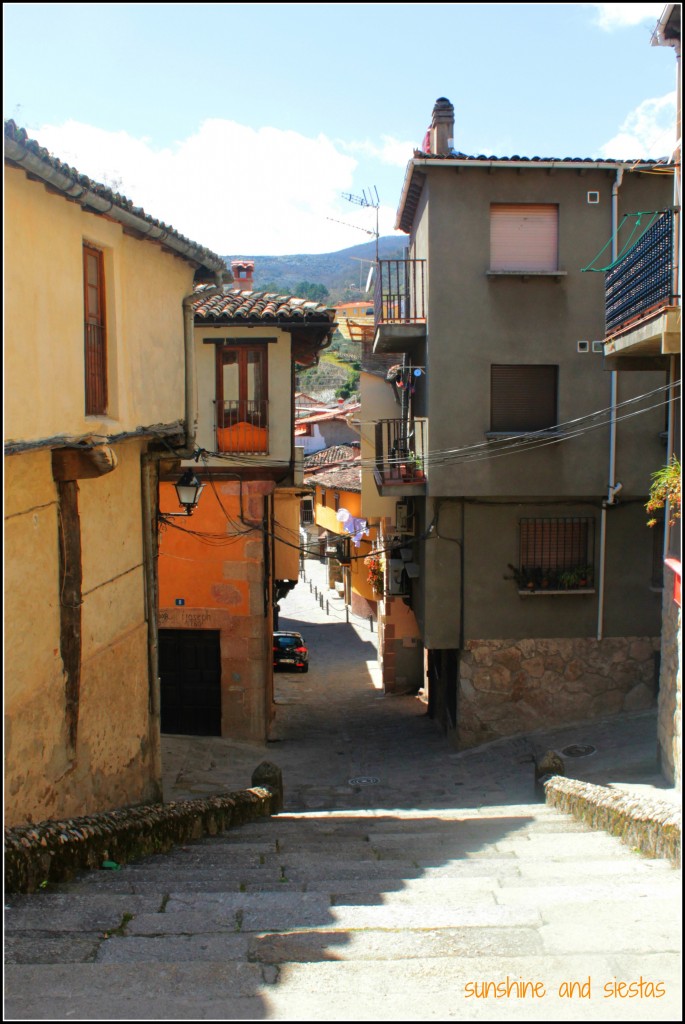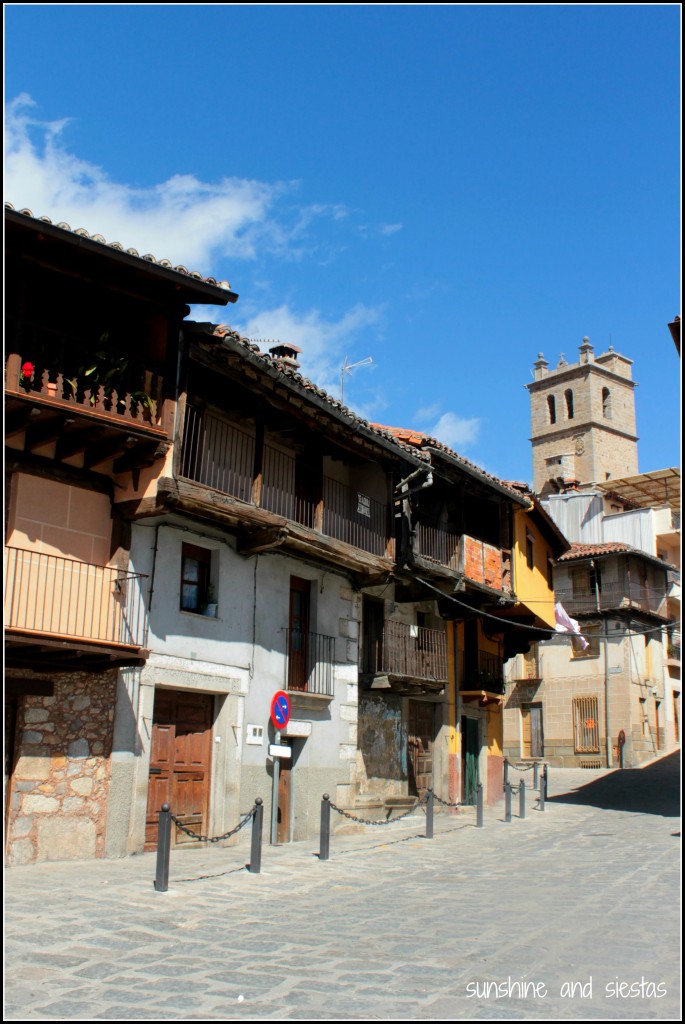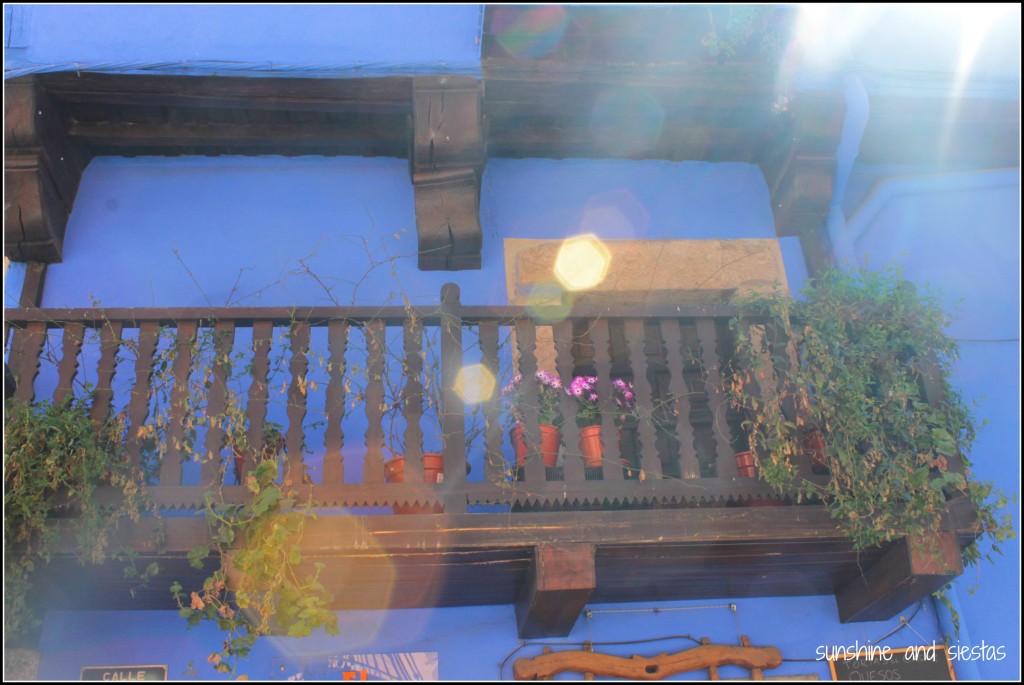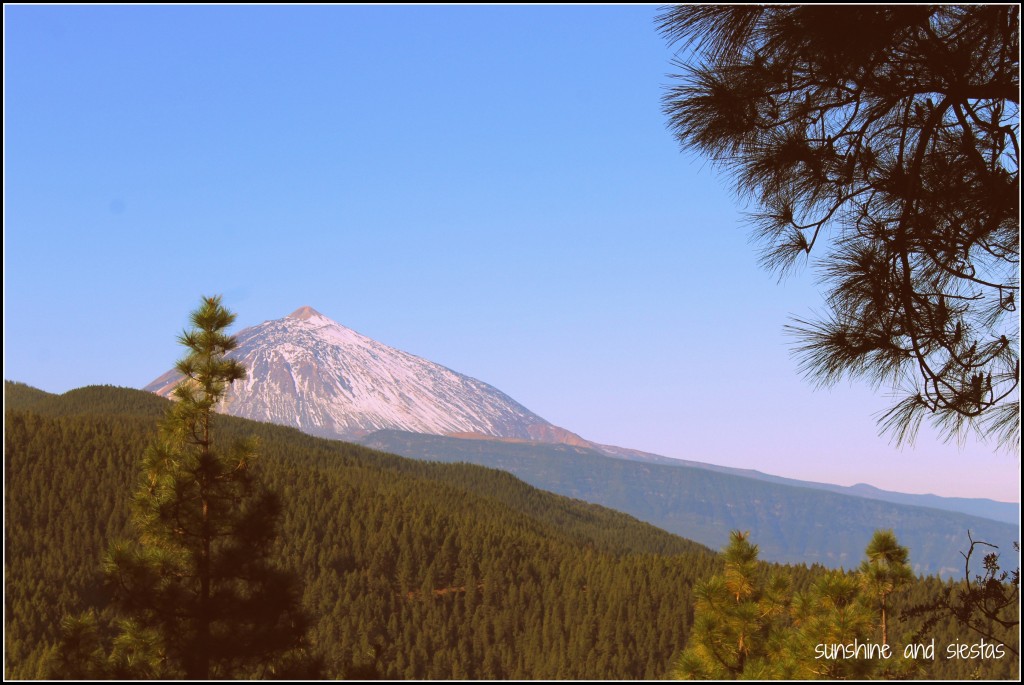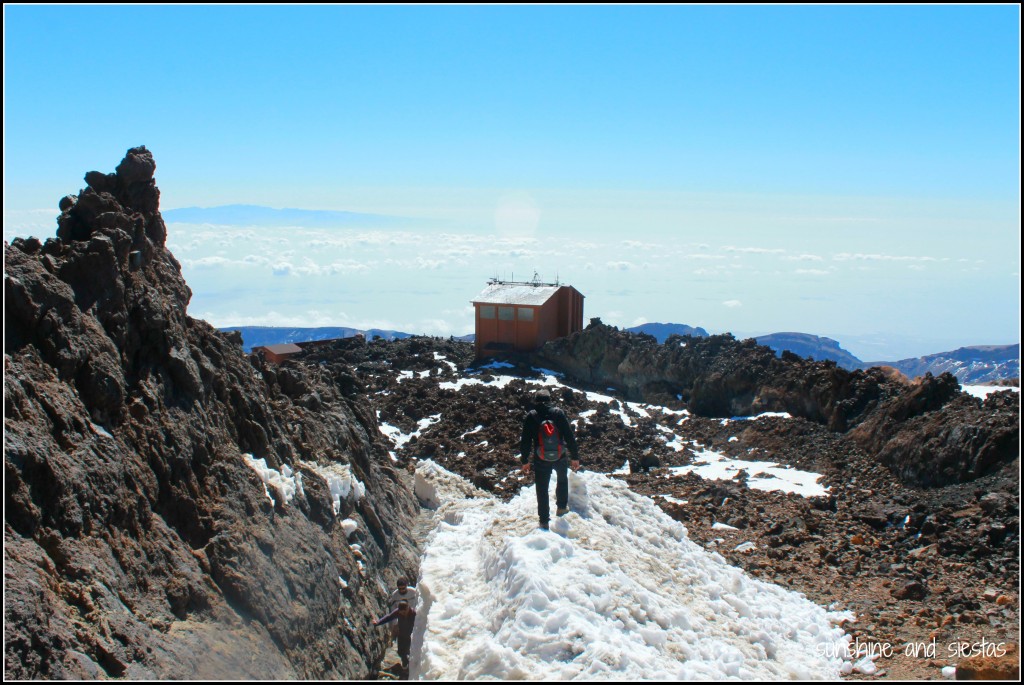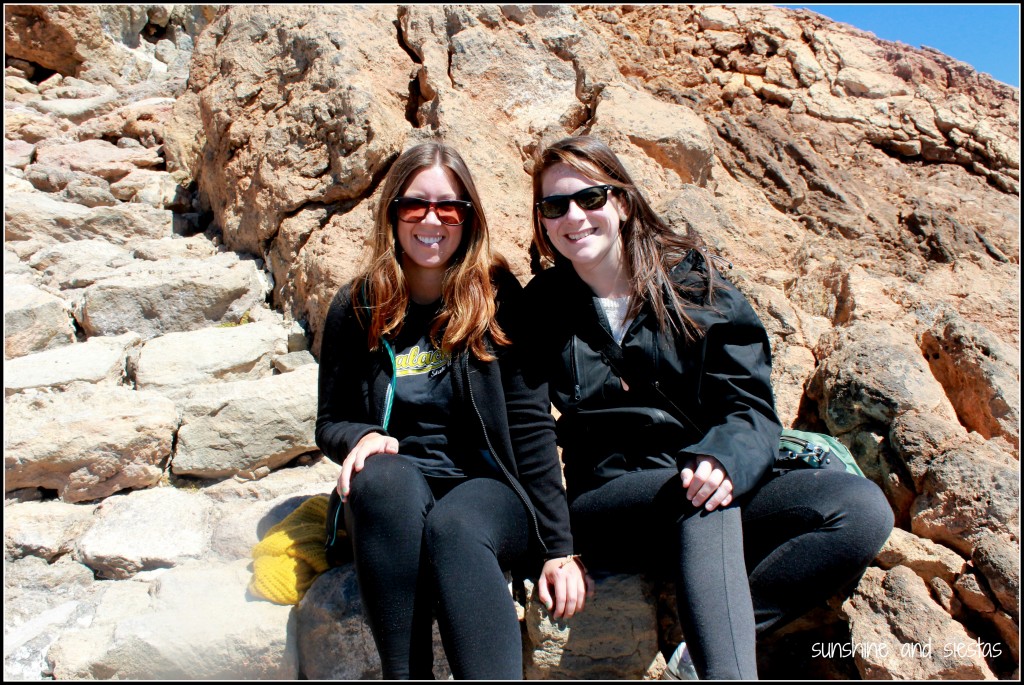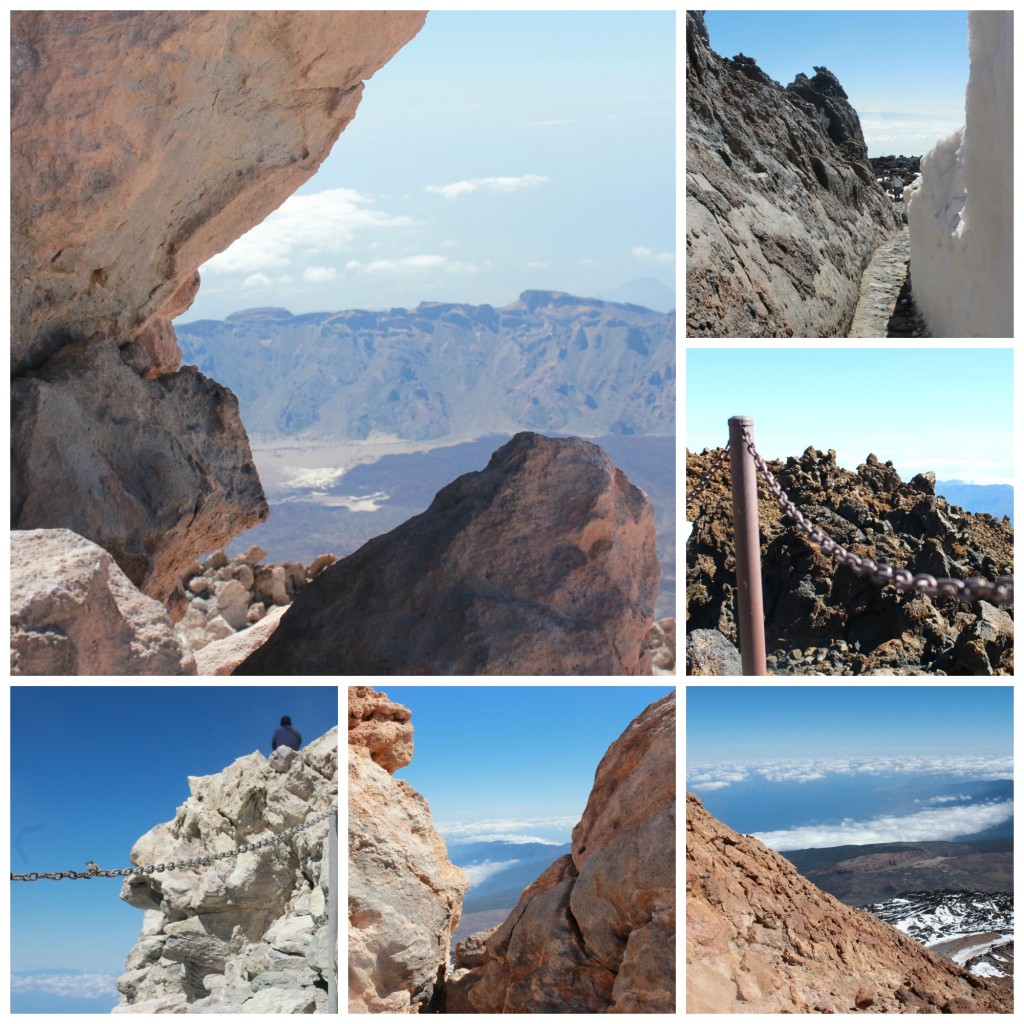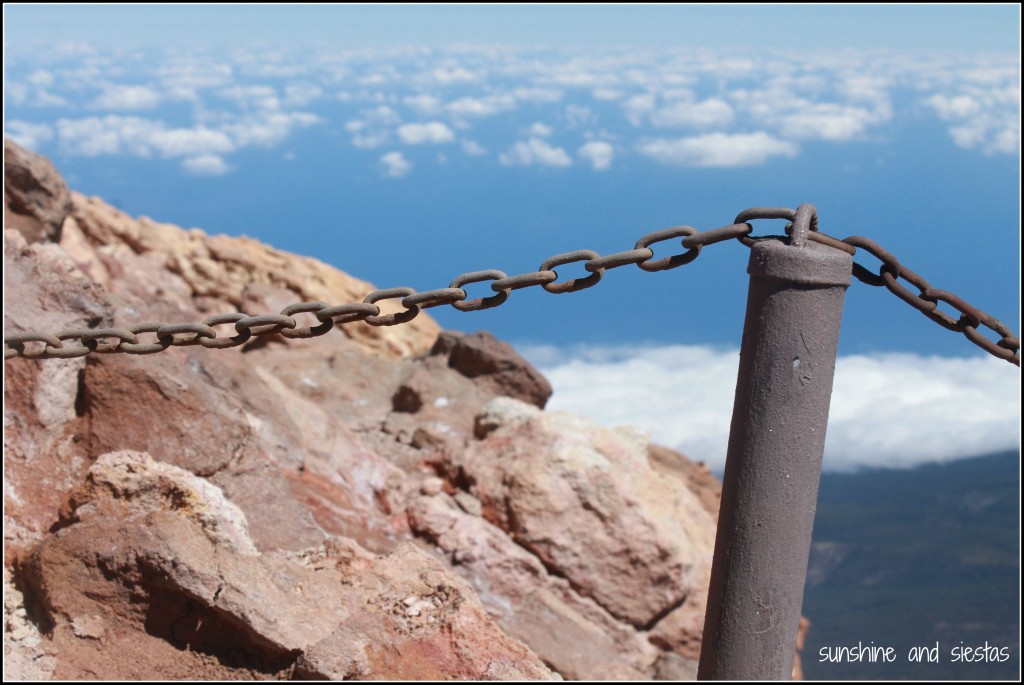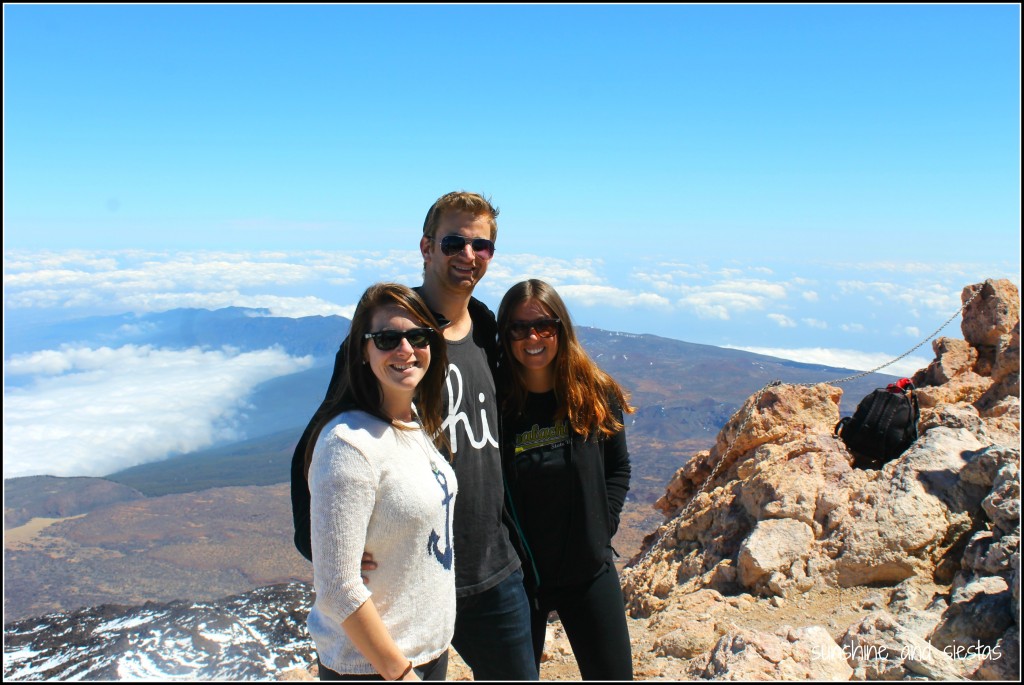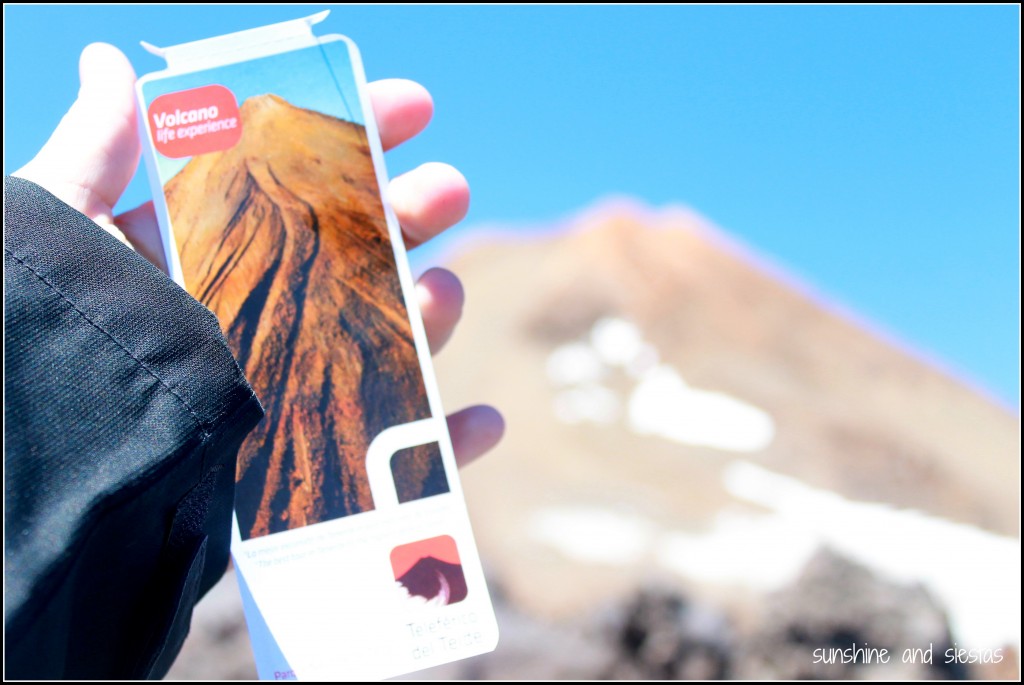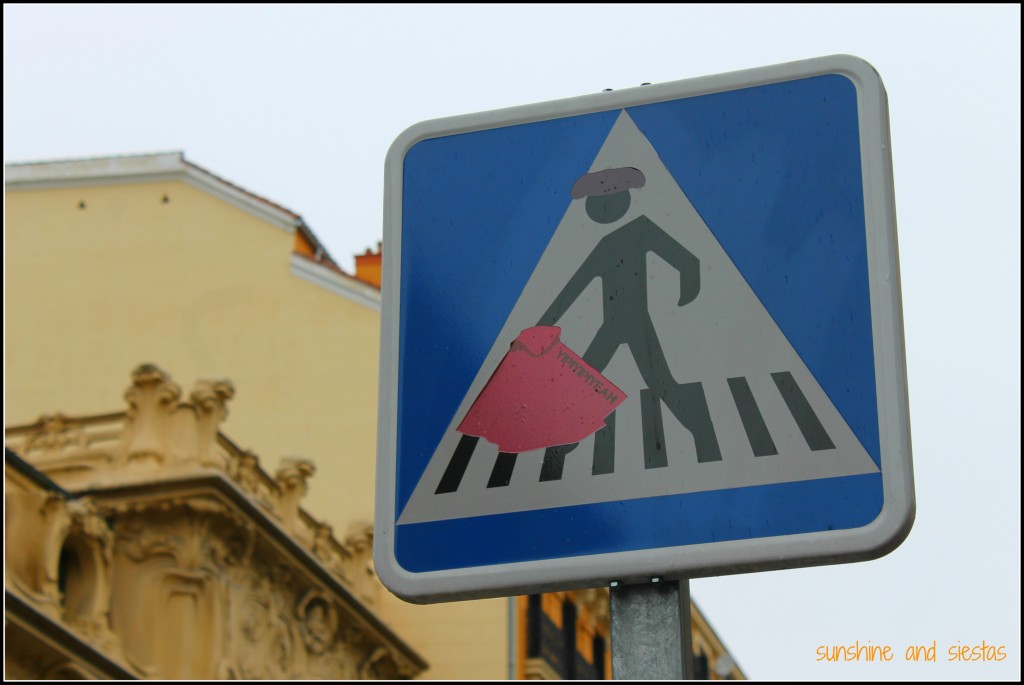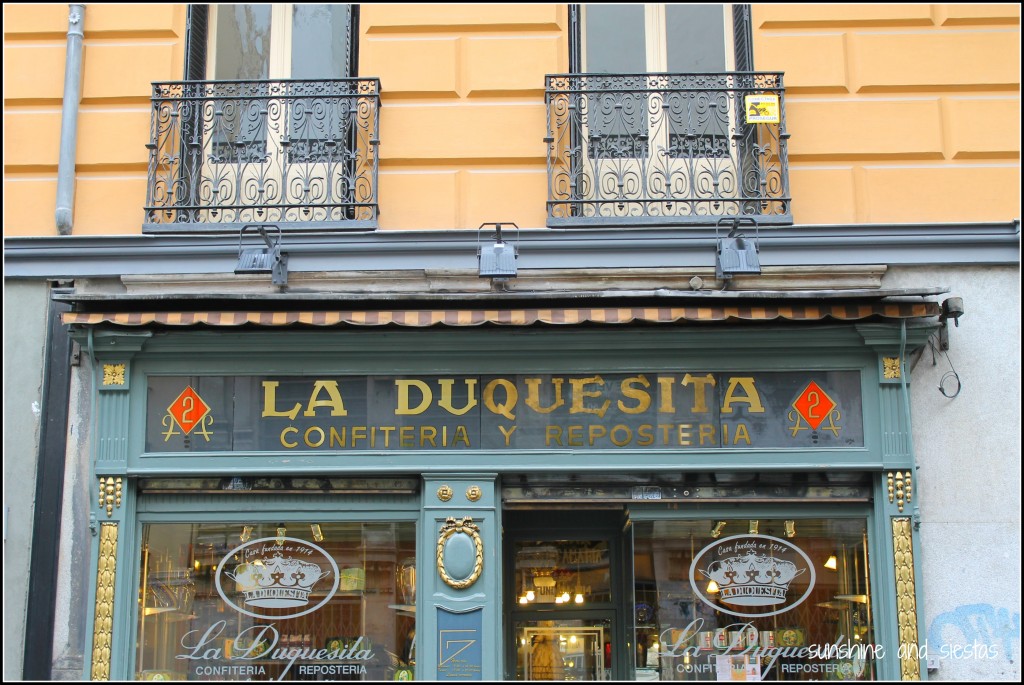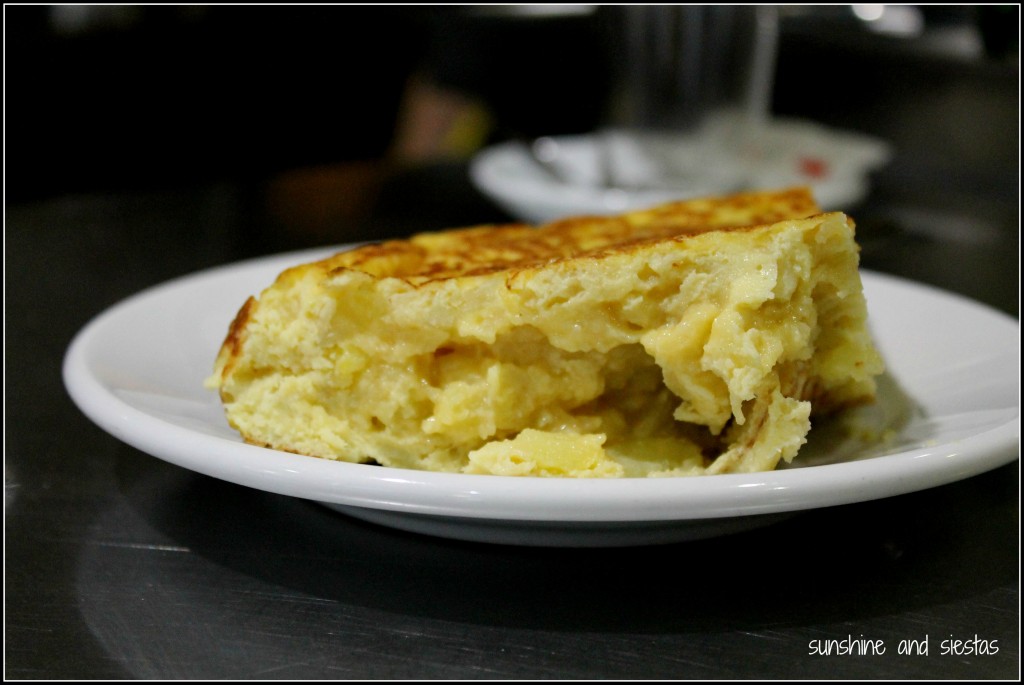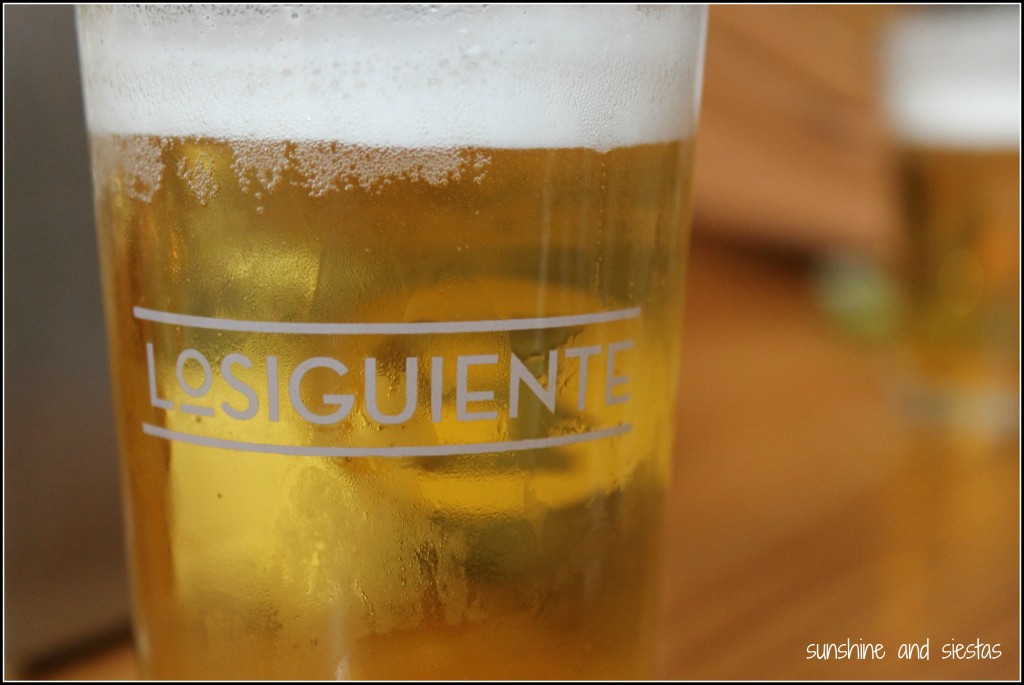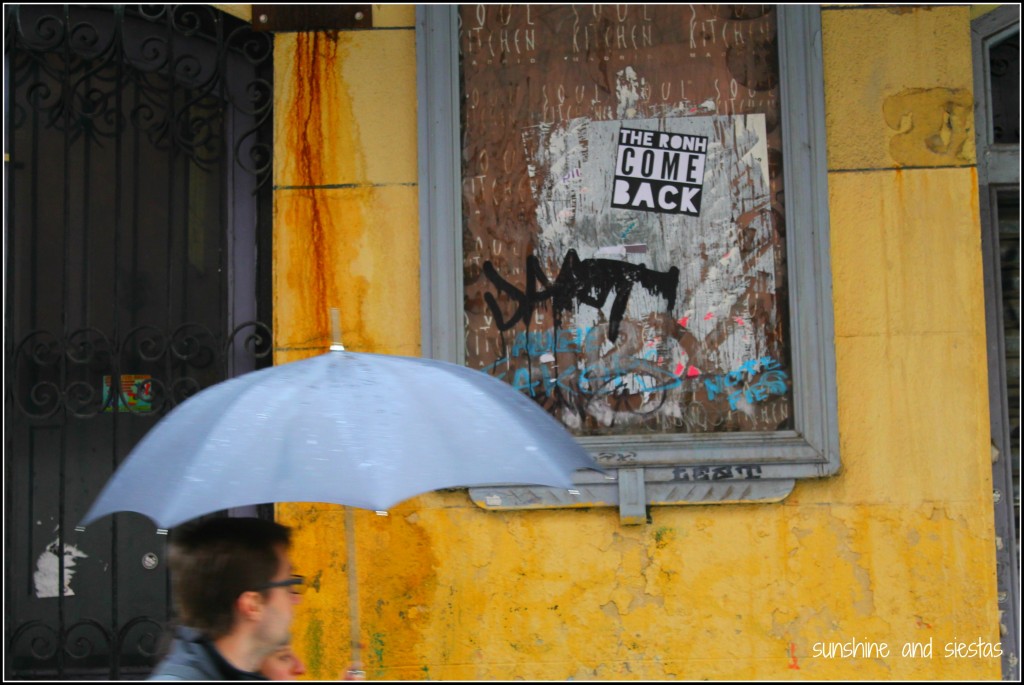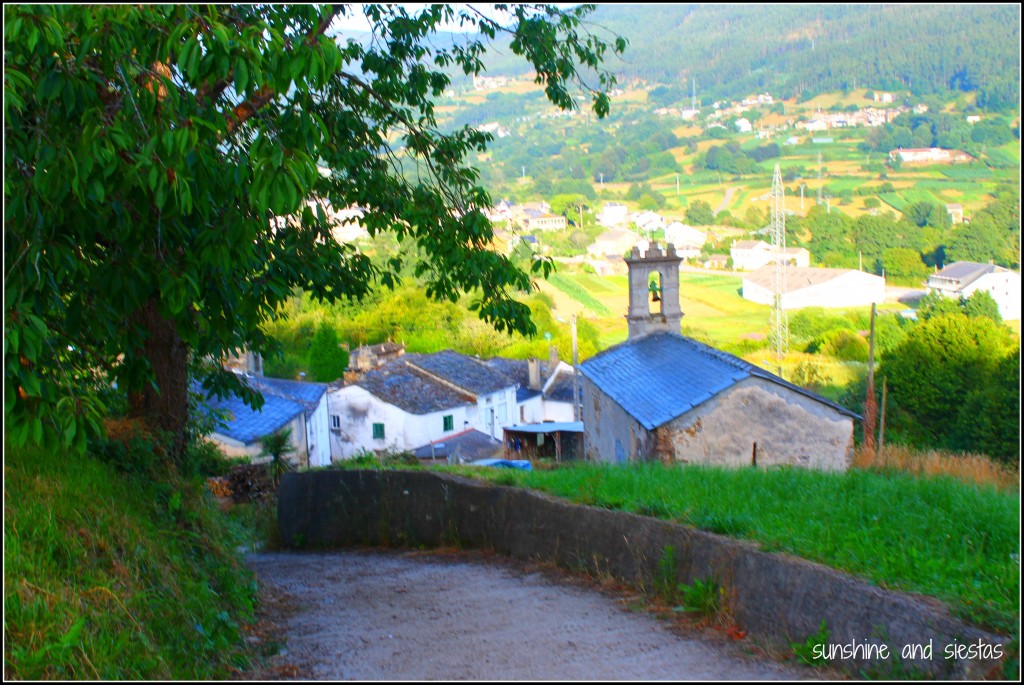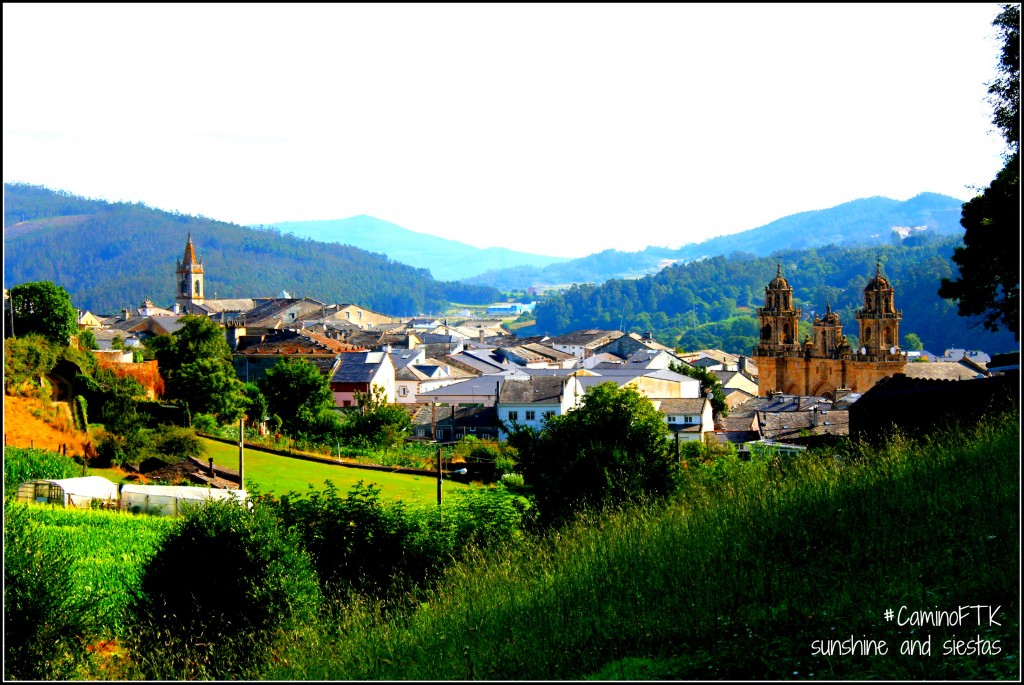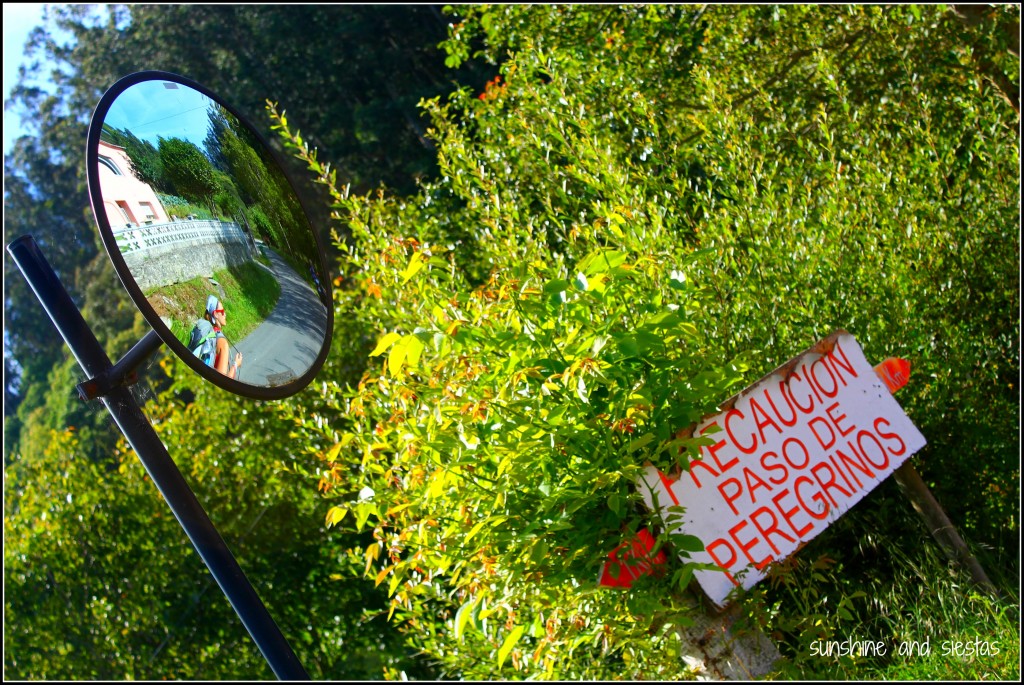Danny and I were on our third glass of vermouth in Malasaña when it dawned on me: Madrid had finally won me over.
Between the barrio life, the collision of old and traditional with new and different and the balmy late spring nights, La Capital is quickly becoming one of my favorite escapes in Spain.
Madrid isn’t as outright beautiful as Seville or as wildly gorgeous as the calas on Menorca. It’s not old and cobblestoned or dripping in Gaudí’s whimsical architecture. It’s a bit grandiose on one block, and a bit gritty on the next.
Simply put, it’s a Spanish city that encompasses it all and is the epicenter for nearly everything in Iberia.
My most recent trip to Madrid was two-fold: I was coming back from an emergency trip to the US, and I’d be brainstorming and hamming in front of the camera for a project I’m working on with other social media darlings. But as soon as I’d touched down in Barajas, my jet lag dissipated, and I spent the day retracing my favorite madrileño haunts and finding new spots to love.
My perfect Madrid day, unfiltered: Strolling, snacking, meeting lifelong madrileños and other adoptive gatos who have decided to call Madrid home.
Like Madrid? Check out these posts: Mercado de San Miguel // The Saturday City // Casa Hernanz // Visiting Alcalá de Henares
